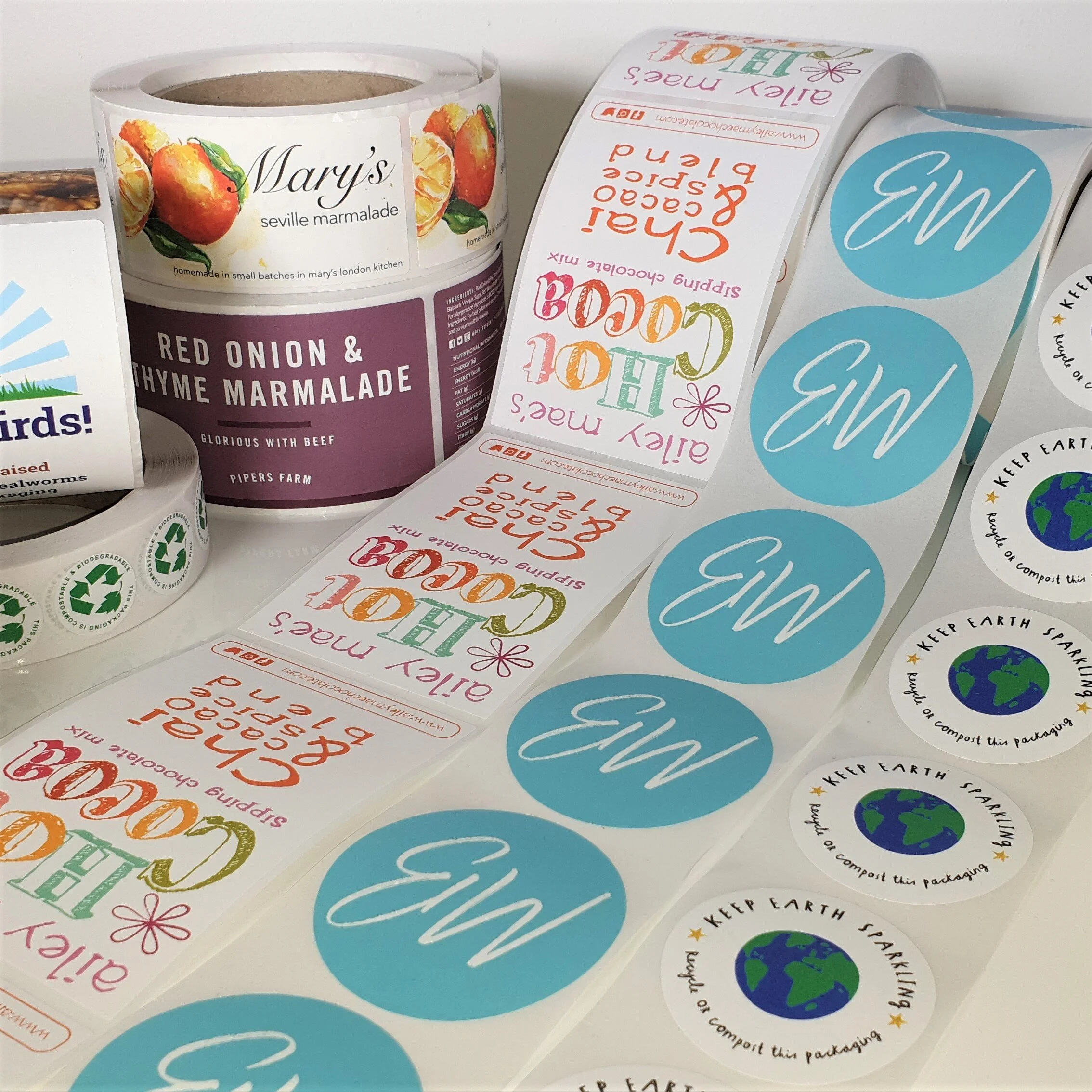5 Facts About Food Label Transparency
5 Astonishing Statistics About Food Label Transparency
When many food product ingredients are so similar these days, how is it possible for consumers to make informed choices? Transparent, complete, and effective labelling is being driven by the modern consumer; in this blog we look at why the focus is becoming so strong.
What do people expect from product information labels?
Brand recognition and consumer loyalty is shifting. In the past we identified with a brand, trusted it, and continued to buy and stay loyal. These days, people want to know all the finer details before making a purchase. Sadly most customers no longer trust the information being provided to them.
How important is transparent product labelling?
In a nutshell, it is vital. Consumers value and expect label transparency, to the extent they are willing to switch brands if their current brand does not provide them with the label information they seek. There is an opportunity here to create a competitive advantage with full transparent product labelling, in order to acquire and keep new customers. Providing transparency to meet evolving ethical and environmental demands is essential and here are five statistics which show this*:
1. 94% say it is important to them that the brands and manufacturers they buy from are transparent about what is in their food and how it is made.
Food labels that include a full and complete list of ingredients can sometimes be the difference between life and death for those with allergies. Natasha’s Law came into effect in Oct 2021, although businesses will be given a maximum of 2 years to implement changes and include the full list of ingredients to rightly inform us all, but critically those who suffer from allergies. For more information on Natasha’s law, click here.
2. 71% of consumers consider whether they have access to the full list of ingredient information for a product when making a food purchase decision.
The pandemic has bolstered focus on people looking for cleaner living and products to boost immunity. They consider themselves far more health conscious and want to ensure the products they buy meet their expectations in full.
3. 53% say they shop according to a specific diet.
This includes organic, non-GMO as well as low sugar, for example. Consumers are much more aware of ingredient sourcing and look for this information on the label.
4. 35% of consumers admit they are sometimes confused by what the labels on food packages are actually saying.
Examples are aspects that include human and animal welfare, sustainable sourcing or recyclability which can sometimes be misguiding or ambiguous. Many consumers are willing to pay more for products that demonstrate they are part of the circular economy, so it is important to include this information in a way that is clear.
5. Only 25% trust that the labels on most food products are complete and accurate.
Providing accurate label information and transparency can only be a good thing, particularly if this is the expectation of the consumer. People want honest information about where the food comes from.
*Data source: Label Insight Food Revolution Study
To find out more about the legal requirements for food packaging and labelling in the UK visit the Food Standards Agency website.
If you require advice on the content of your food labelling you can get in touch with The Food Labelling Service.
We are here to help…
At inkREADible we have been supplying food labels for over 40 years and have seen a lot of changes in that time. We offer a variety of label materials to suit your purpose and brand values, from scruff proof and oil resistant labels through to biodegradable and compostable labels.
To find out more, why not contact our team to discuss your requirements or simply click here to get a quote.






